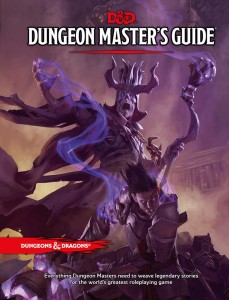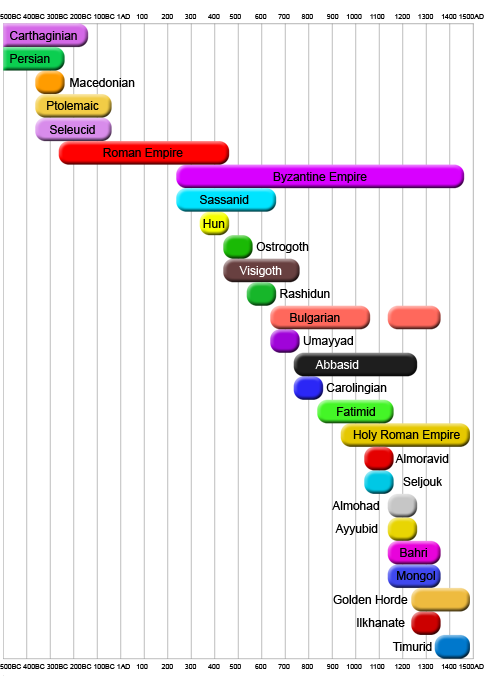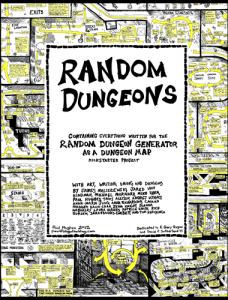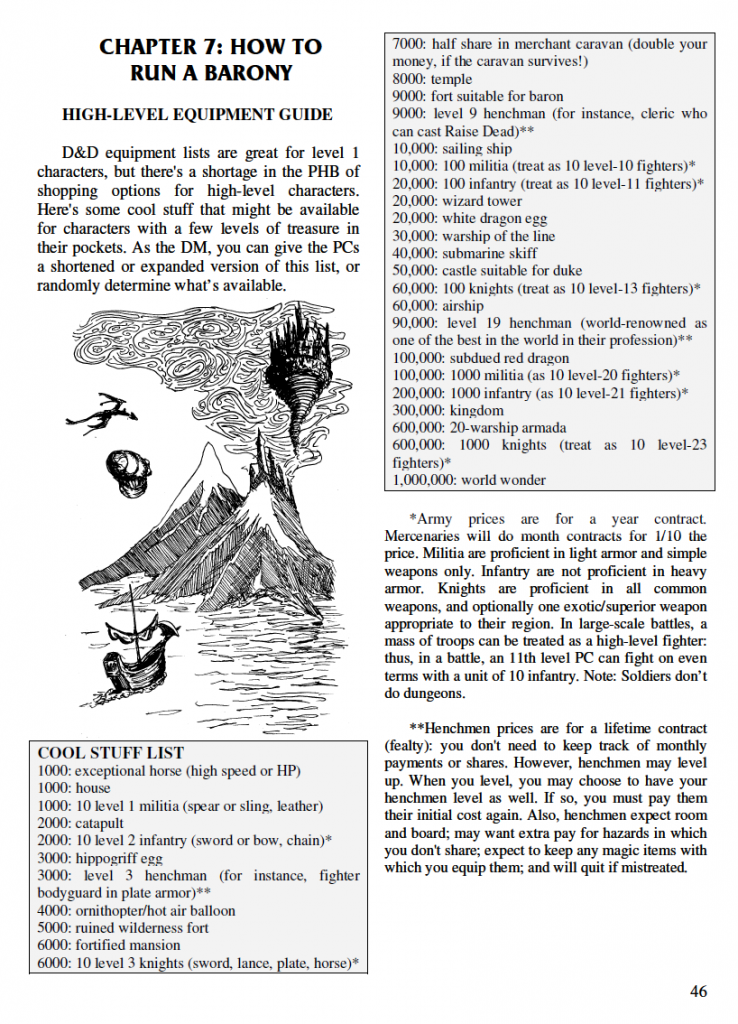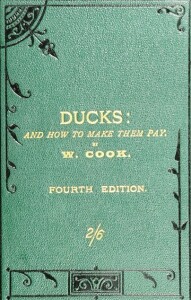
The late 19th century was all about ducks, but in the enlightened age of Generic Fantasy Times we know better
ANOTHER RORY GUEST POST!
(Edited to correct an error with recommending the Gaming Hall at levels 5-8 since it isn’t available until 9)
With the release of the 5e 2025 Dungeon Masters Guide, Bastions are official and can be easily acquired at 5th level for any DM who sees fit to include them! Are they a little half baked? Perhaps! Is it mostly useless to recruit defenders and build walls for your Bastion? Yeah, pretty much! Are some of the facilities you can build almost entirely useless? YES (I’m looking at you Armory)!
On the other hand… Can Bastions actually make you quite a bit of easy money? Most Certainly! Are there actually quite a few facilities available that provide a host of useful buffs and abilities? Yes… but let’s go back to the easy money thing. Imagine if you will an adventurer motivated by the desire to make fat stacks of gold and platinum. Perhaps this adventurer has a kind heart and wishes to support the local orphanage. Or perhaps they simply want to buy a lot of sweet magic items and throw their money around like it was water, bribing their way to success, wearing the finest clothes, and throwing lavish parties. Either way, money is pretty useful in D&D and it’s no surprise players would want to acquire more of it, especially with the new rules for buying and crafting magic items. I’ve looked through all the special facilities in the new DMG, and below are the most profitable special facilities for each level range:
TLDR: Start with 2 different Gardens (Poison + Herb), pick up/swap into a Storehouse, Greenhouse, and Stable at level 9, and then grab a Guild Hall at level 17 for most impactful gains. Much longer explanation below!
Levels 5-8: At level 5 you can choose 2 specialized facilities at no cost. Every week that you spend with some kind of access to your bastion (generally being able to stop by in person at the beginning of the week is enough), you can give special commands to these facilities to make you that sweet sweet lucre. The most profitable at this level are two different gardens:
Garden – Poison (50 gold/week): You can make a lot of stuff with a garden, but from a pure profit standpoint selecting Poison is your best bet. You can create two vials of Antitoxin or one vial of Basic Potion a week. If you actually need those items, awesome, you’ve just netted 100 gold of value. If not, the standard rules let you sell those items for half price and net a pretty decent 50 gold.
Garden – Any Other Option (25 gold/week): You are allowed to select the garden multiple times just as long as you pick something else to grow. Decorative, Food, and Herb gardens all produce items worth 50 gold pieces, which you can sell at half value (25 gold) using the standard rules. Personally, I would probably go for the Herb garden, which can produce a Potion of Healing each week since there’s a decent chance you’ll actually want to use the potion and thus realize the full 50 gold value.
Should you enlarge your garden? For a mere (lol) 2,000 gold you can expand the size of your garden to Vast size and effectively maintain two gardens of the same (or different) types instead of one, which would double your weekly profit to 100 gold with the Poison Garden. Probably this isn’t worth it unless you expect to stay in the 5-8 level range for quite some time, as it would take literally 40 weeks to recoup you expenses and turn this into a profitable endeavor. Probably don’t bother.
Total Profit per Week: 75 Gold!
Levels 9-12: At level 9, you unlock 2 more special facilities, increasing your total to 4! More importantly, you unlock some nice options for making substantially more money. Here are the top 4 most profitable facilities at this level:

